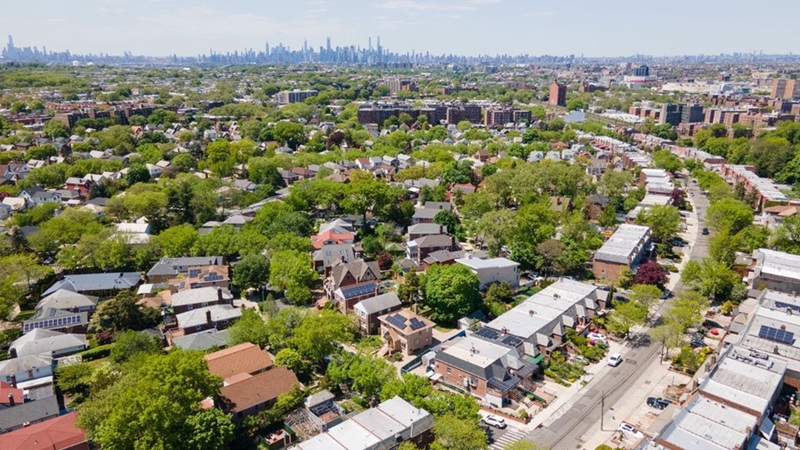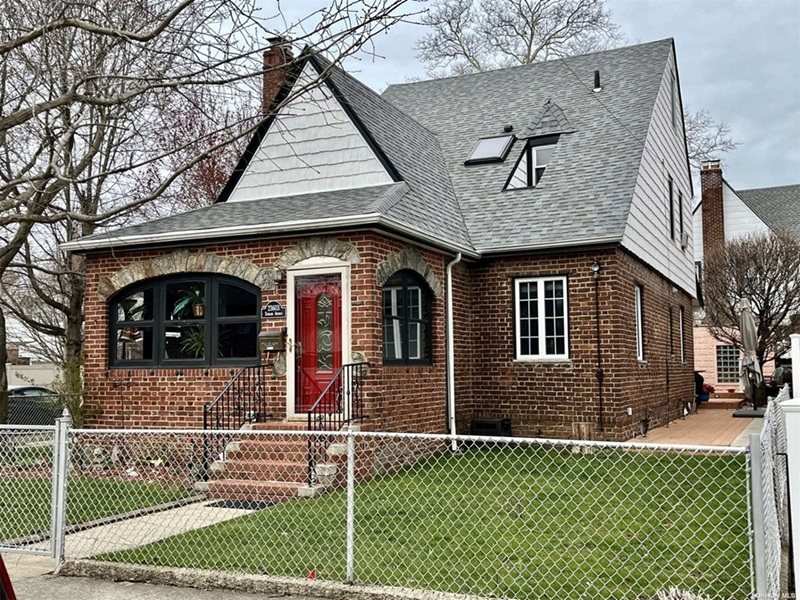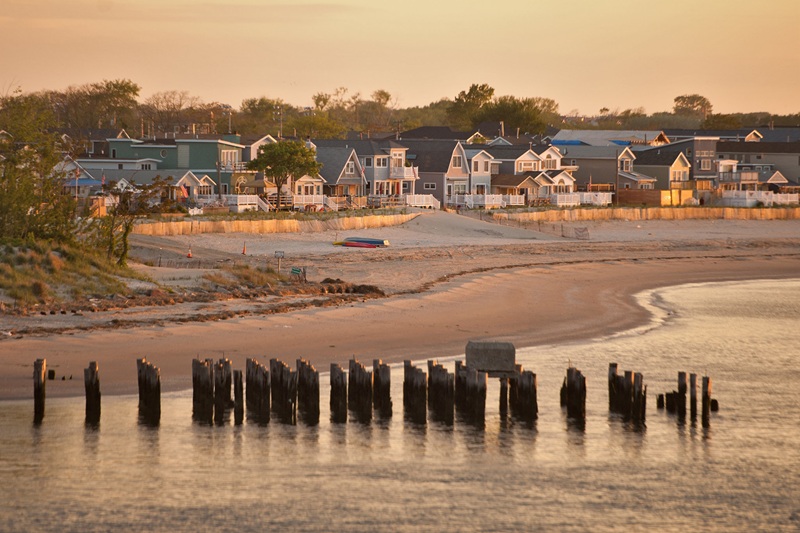
Nestled in the heart of Queens, New York, Rego Park is a vibrant and diverse neighborhood that offers a unique mix of suburban tranquility and urban convenience. Known for its accessibility, affordable housing options, and proximity to both Flushing and Forest Hills, Rego Park has become a popular choice for families, professionals, and newcomers to New York City. With its rich history, cultural diversity, and excellent amenities, Rego Park continues to be a thriving community that balances the best of both worlds.
History and Development
Rego Park’s history dates back to the early 20th century when it was largely farmland and rural plots. The neighborhood began to take shape in the 1920s and 1930s with the construction of residential buildings and the establishment of the Rego Park Gardens, a collection of row houses designed for middle-class families. As the city grew, the area developed rapidly, especially after the construction of the Independent Subway System (IND) in the late 1930s, which connected Rego Park to Manhattan and made it more accessible to commuters.
The neighborhood’s name, “Rego Park,” is derived from the Realty Guarantee and Construction Company (REGO) that was instrumental in its development, paired with the term “Park” to reflect the open spaces and suburban character of the area. Throughout the 20th century, Rego Park became home to a growing middle-class population, with a large number of Jewish, Italian, and Eastern European immigrants settling in the area. Today, the neighborhood continues to be a blend of old and new, with a diverse population and an evolving landscape.
Cultural Diversity
Rego Park is renowned for its cultural diversity, which is reflected in its population and local businesses. Historically, the area was home to a large Jewish population, with many synagogues, kosher restaurants, and Jewish delis dotting the neighborhood. Over time, however, Rego Park’s demographic landscape shifted, and the neighborhood became home to immigrants from a wide range of countries.
Today, Rego Park is home to residents from various ethnic backgrounds, including a significant number of Russians, Central Asians, and Latin Americans. The area’s Russian-speaking population, in particular, is quite prominent, with numerous Russian stores, cafes, and markets catering to this community. This cultural diversity is also reflected in the variety of cuisines available, from classic Jewish delis to Russian bistros and Latin American eateries.
Rego Park’s global flavor is also evident in the local shopping scene, where businesses offer products from around the world. Whether you’re looking for exotic spices, fresh produce, or imported goods, you’re likely to find it in one of the neighborhood’s many specialty stores.
Residential Life and Housing
Rego Park is known for its mix of housing options, from low-rise apartment buildings and co-ops to charming single-family homes and larger residential complexes. The area is especially popular among families due to its spacious homes, parks, and proximity to schools. The neighborhood has maintained its residential character over the years, with tree-lined streets and a range of housing choices that appeal to both young professionals and long-time residents.
Many of the homes in Rego Park are classic pre-war constructions, with brick facades and large, open layouts. The neighborhood also has several new developments and modern apartment buildings, providing more contemporary living options for those seeking newer amenities.
Real estate prices in Rego Park tend to be more affordable than in other parts of Queens, such as Forest Hills or Astoria, which has made it an attractive option for first-time homebuyers and renters looking for more space and value for their money. The area also offers relatively lower rent prices compared to Manhattan and more densely populated neighborhoods in Queens, making it an excellent choice for those who work in the city but want to avoid the high costs of living in central areas.
Transportation and Accessibility
One of the major draws of Rego Park is its transportation options. The neighborhood is well-connected to the rest of New York City, with access to the E, M, and R subway lines at the Rego Park station and 63rd Drive-Rego Park station. This provides direct access to Midtown Manhattan in just 30 minutes, making it an ideal location for commuters. Additionally, the Long Island Rail Road (LIRR) station in nearby Forest Hills offers a quick route to the city and Long Island.
For those who prefer to drive, Rego Park is conveniently located near major highways, including the Long Island Expressway (I-495) and the Grand Central Parkway, providing easy access to other parts of Queens, Brooklyn, and beyond. The Queens Boulevard is also a major thoroughfare in the area, linking the neighborhood to the rest of the borough.
Parks and Recreation
Rego Park boasts several parks and green spaces that offer residents opportunities for outdoor activities. The Forest Park is one of the largest parks in the area, just a short walk from the northern part of the neighborhood. This expansive park offers hiking trails, sports fields, picnic areas, and even a horse riding path. It is a favorite among local residents for leisurely walks, running, or simply relaxing in nature.
The Juniper Valley Park, located nearby, is another popular green space. Known for its sports facilities, playgrounds, and lush lawns, the park is an excellent spot for family outings and outdoor recreation.
Additionally, the neighborhood’s proximity to Flushing Meadows-Corona Park, one of the most iconic parks in Queens, gives residents access to even more outdoor activities, including the famous Unisphere, sports fields, cultural attractions, and picnic areas.
Education and Community Life
Rego Park is served by several public schools within the New York City Department of Education, as well as private institutions offering various educational programs. The area is home to a number of elementary and high schools, making it an attractive neighborhood for families looking for quality education options.
Community life in Rego Park is lively and engaged, with various cultural organizations, social clubs, and community events fostering a strong sense of connection among residents. The neighborhood’s diversity is celebrated through festivals, parades, and local gatherings, which bring together people of all backgrounds to share in the community’s rich culture.
Local institutions, including the Rego Park Library, offer programs and activities for children, adults, and seniors, helping to strengthen the neighborhood’s sense of community.
Shopping and Dining
Rego Park has a wide range of local businesses and amenities, making it convenient for residents to access everyday necessities and enjoy dining and entertainment without leaving the neighborhood. The Rego Center and Queens Center Mall are two major shopping hubs located nearby, offering everything from big-box stores and fashion retailers to restaurants, cafes, and entertainment venues.
In addition to the larger shopping centers, the neighborhood has many independent stores, cafes, and ethnic markets, reflecting the cultural diversity of the area. Whether you’re craving a classic deli sandwich, a Russian pastry, or a fresh Latin meal, Rego Park’s diverse culinary scene provides plenty of options to suit every taste.
Conclusion
Rego Park, Queens, is a dynamic and growing neighborhood that offers a unique blend of suburban living and city convenience. With its cultural diversity, accessible transportation options, and range of housing choices, it’s no surprise that Rego Park continues to attract a wide variety of residents. Whether you’re drawn to its affordable real estate, diverse dining scene, or proximity to parks and cultural attractions, Rego Park remains a vibrant and desirable community in one of New York City’s most diverse boroughs.

